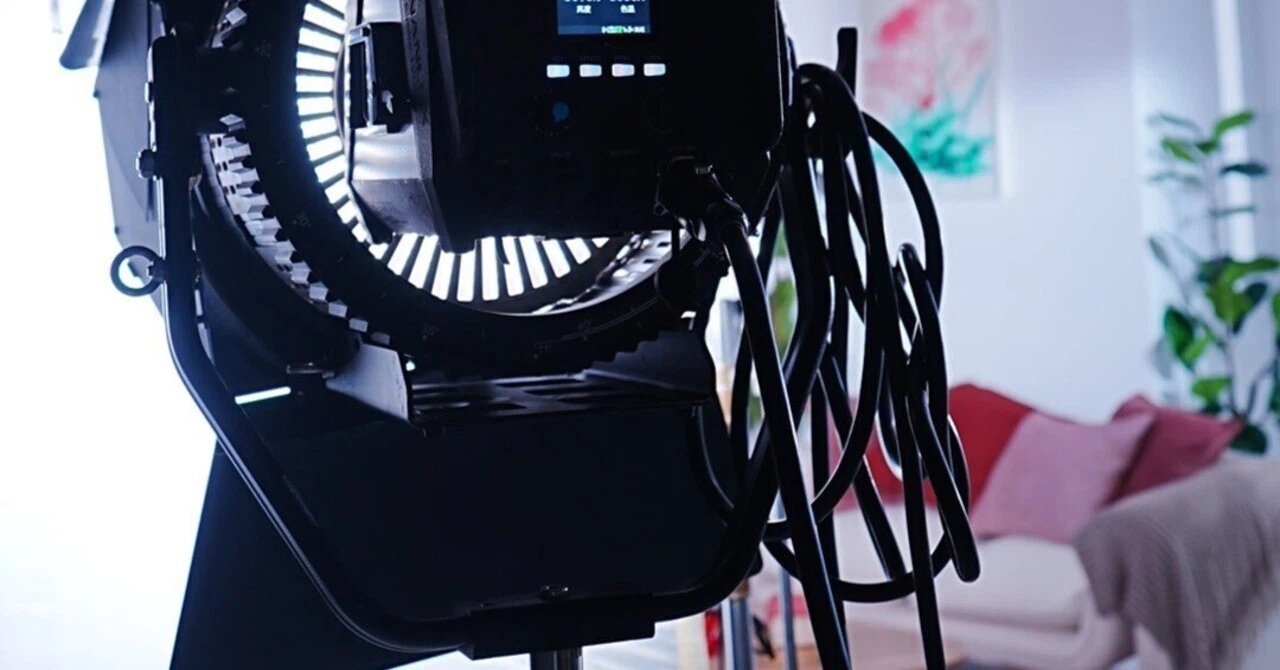
To effectively promote a product across multiple platforms, strong visual assets are essential. At the heart of these assets lies the “key visual.” A key visual is not just a striking image—it serves as a central expression of a brand’s identity and is a vital element in leaving a lasting impression through advertising and campaigns.
Ideally, video and still photography should be conducted separately, as each has distinct requirements. Video demands storytelling through motion and sound, while photography focuses on capturing the impact of a single moment. Lighting, setup, and production flow differ accordingly. However, due to budget and time constraints, it’s not uncommon to shoot both in the same studio on the same day. In those cases, preparation and teamwork become more crucial than ever.
Pre-Shoot: Aligning Vision with the Creative Team
Once the overall direction of the shoot is confirmed, the next step is to align with the creative team—photographers, stylists, and other key staff. This phase involves detailed discussions on how to visually express the brand’s essence and product features. Everything from color tones and lighting to the talent’s expressions, wardrobe, and background is carefully coordinated to ensure visual cohesion.
Once the creative approach is locked in, lighting tests are conducted. These pre-shoot trials allow the team to check how light and shadow will fall and make any necessary adjustments. Often, test models or staff members are used for these dry runs. This step is essential to fine-tune the atmosphere and tone of both the photos and videos, leading to a more polished final product.
Main Shoot: Capturing Expression with Precision
With preparation complete, it’s time to bring in the talent or model for the main shoot. While staying true to the original concept, the goal here is also to capture the individual’s personality and authentic expressions.
As the photographer works through each shot, images are streamed in real-time to a MacBook for immediate review. The director and photographer evaluate each frame on the spot, making quick adjustments to poses or camera angles as needed. The client is often involved in this process, allowing for collaborative decision-making and attention to detail throughout.
Post-Shoot: Retouching and Finalizing the Visuals
After the shoot wraps, the team reviews hundreds—sometimes over a thousand—photos to select the best cuts. This curation process, although time-consuming, is essential to ensure that the final key visuals align perfectly with the brand’s tone and messaging.
Selected images then undergo retouching. This includes refining skin tones, adjusting background details, and polishing the overall image. Once finalized, these visuals are deployed across multiple channels—advertisements, websites, posters, and more—reaching a wide audience.
In Summary: The Craft of Creating Key Visuals
Producing a key visual is more than just a photo shoot—it’s a strategic process that visually communicates a brand’s message. From meticulous preparation to the shoot itself and the final editing stage, every detail contributes to creating a powerful and memorable image.
Even under budget or scheduling constraints, creativity and strong teamwork can bring a brand’s world to life. Understanding this behind-the-scenes effort may give you a new appreciation for the ads and visuals you encounter every day.

